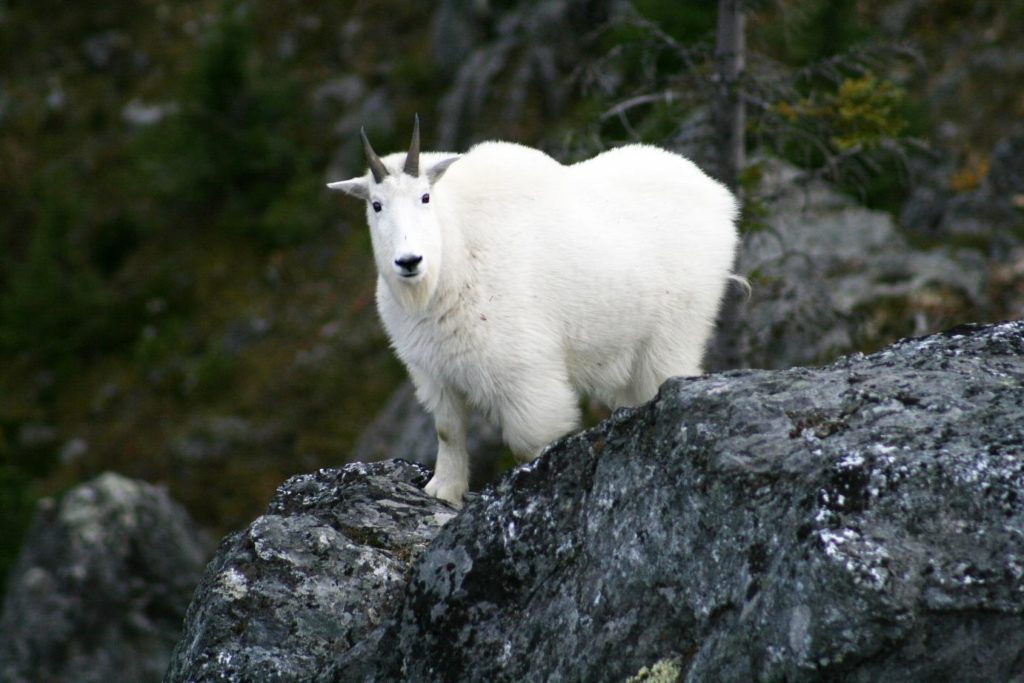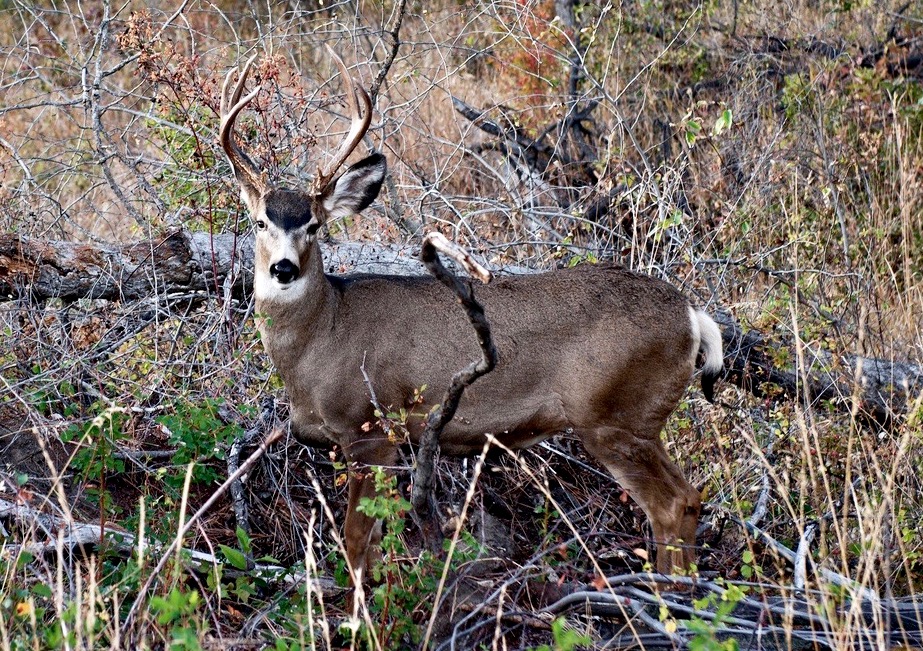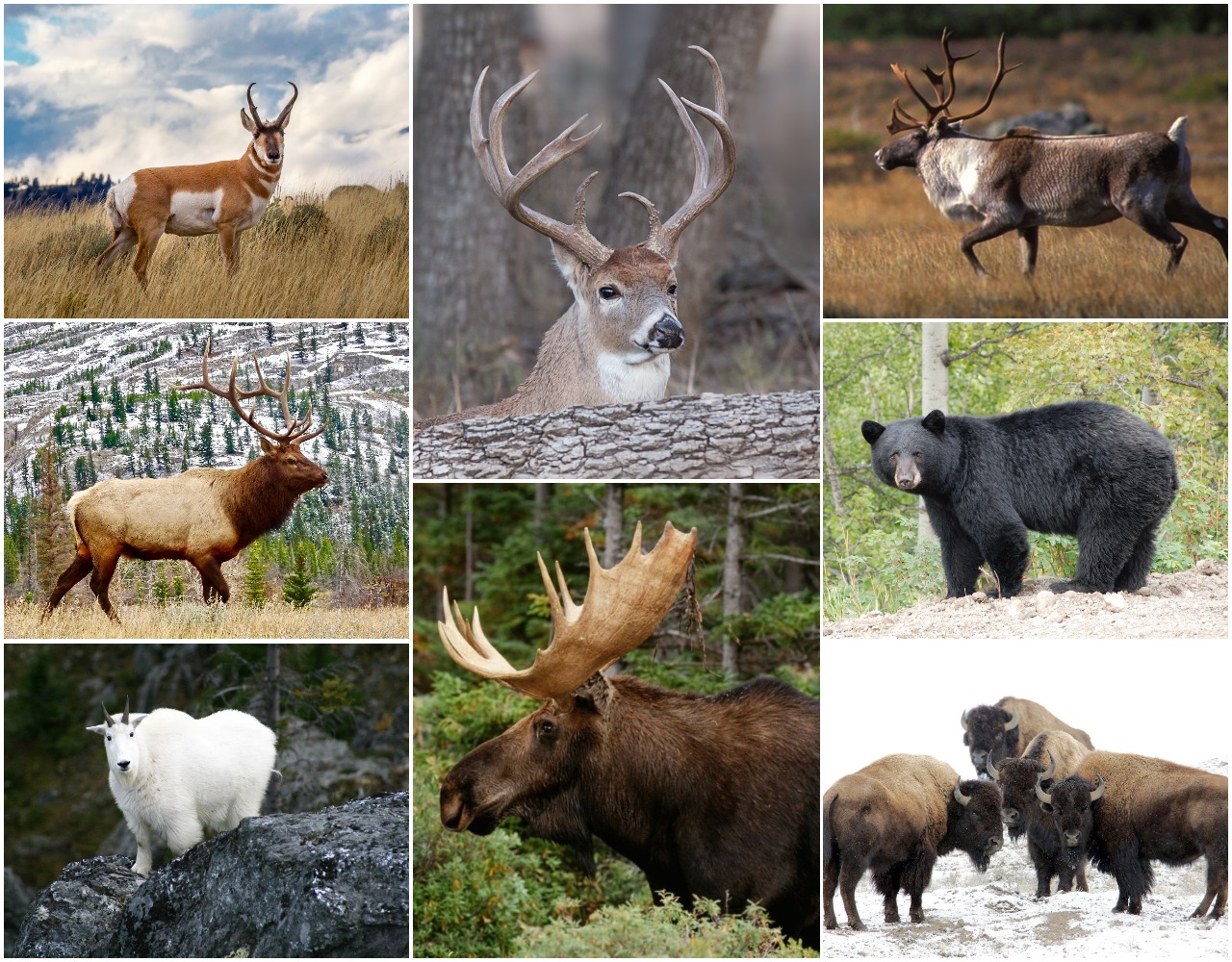Hunter hot spots
Gear up for a big-game bonanza this fall, as our exclusive annual hunting forecast of deer, moose, elk, bears and more reveals
Advertisement

BRITISH COLUMBIA
The severity of this past winter varied across the province, but overall it was relatively mild. However, the two previous winters were nasty—the cold, the snow and the lack of food can all contribute to animal mortality, and just one bad winter can have impacts over several generations of game. Add in two consecutive summers of raging wild fires, and B.C.’s game animals, wildlife managers and hunters alike are facing challenges.
BEARS
Advertisement
Hunting for grizzly bears is no longer permitted in B.C., but all nine resource management regions report stable numbers of black bears. The average annual harvest of approximately 3,500 bears is pretty evenly spread across the province. The Omineca Region supports the highest hunter harvest, but all regions have room for more hunter participation. The moist ecosystems are usually more productive for bears than drier areas.
ELK
Overall across the province, elk numbers are stable. However, where there have been conflicts with agricultural operations—notably on Vancouver Island and in the Kootenay and Peace Regions—targeted hunting seasons have reduced elk numbers. Beyond the agricultural zones, elk are doing well. The Peace and Kootenay Regions are still the best bets for elk, although wolf predation is becoming an issue in the northern Rocky Mountains.
Advertisement
GOATS
The province holds half the world’s population of mountain goats, and the largest numbers by far are found in the northwest. Not surprisingly, this is the region with the highest hunter harvest. Provincially, goat populations are considered stable, but not all are doing well. Many formerly open seasons are now limited-entry hunts, while other areas have been closed to hunting altogether to allow populations to recover.
MOOSE
In the centre of the province—traditionally a great choice for moose hunting—moose numbers are down. In some parts of the Omineca and Cariboo Regions, they’ve fallen by 50 per cent over the past 15 years. Tightened hunting regulations will hopefully help the recovery. Elsewhere in B.C., moose numbers are stable, but not booming. Burgeoning road access is a management issue, and certainly hunters who reach the more remote locations will have better chances of finding their bulls.

MULE DEER
Hunters still don’t have a lot to cheer about regarding this species, as numbers are down pretty much across the province. Poor winter carryover and wolf predation are two likely causes. But all is not lost—there are still deer and opens seasons, and hunters who put in the effort and find the less accessible areas will score. Vancouver Island and the Kamloops and Cariboo Regions are likely the best bets this fall.
SHEEP
The bighorn sheep in the south half of the province are struggling. Some hunts have been closed, and even in areas that are open, hunters may have to work a bit harder this fall. The thinhorn sheep of the northern mountains, on the other hand, are doing well. Populations are stable, and hunters who venture into the rugged habitat are finding big rams.
WHITETAILS
The recent severe winters also knocked back populations of white-tailed deer in the province, although there has been some recovery recently. The deer continue to expand their range westward, and they’re now found pretty much everywhere east of the Coast Mountains. The traditional whitetail strongholds in the Peace, Kootenay and Okanagan Regions are still good hunting destinations for this fall.

